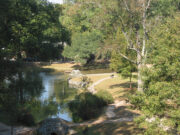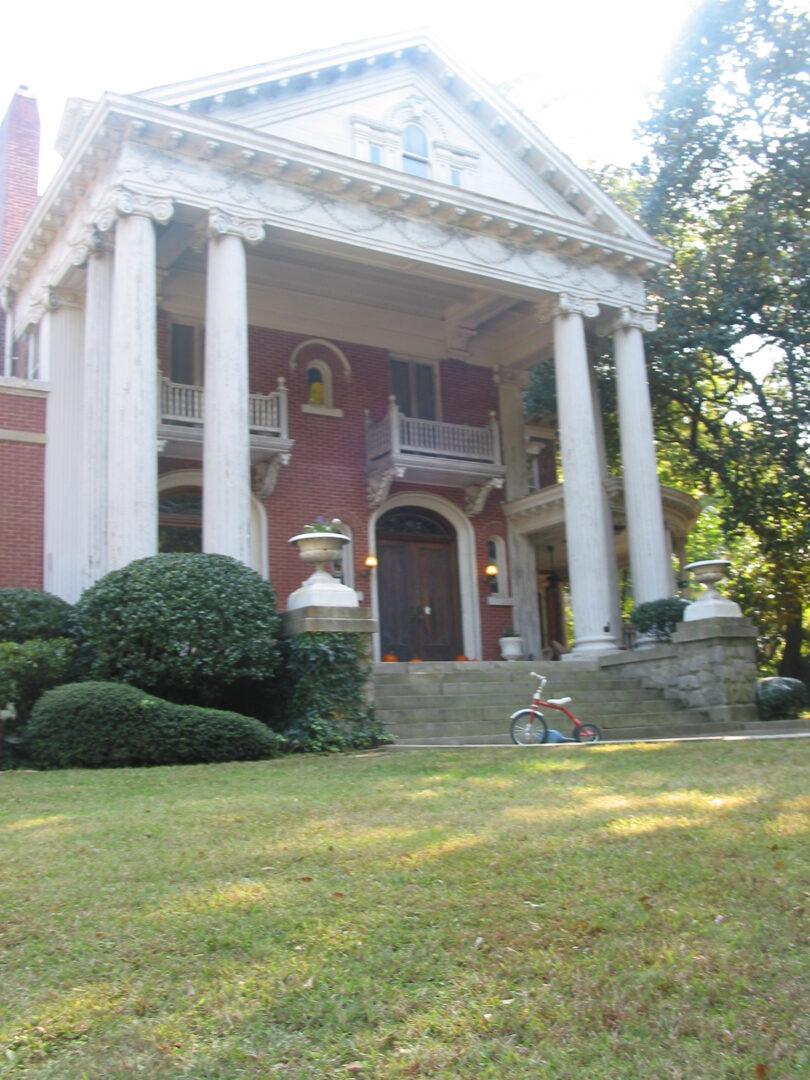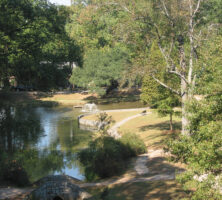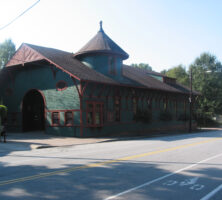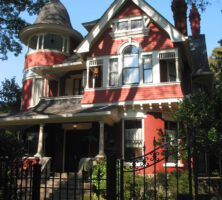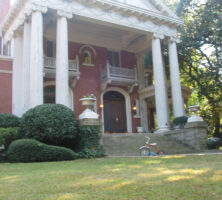Inman Park holds the distinction of being Atlanta’s first planned suburb as well as one of the city’s first in-town neighborhoods to undergo extensive restoration. The neighborhood typifies garden suburbs of the late nineteenth century and today includes about 300 homes.
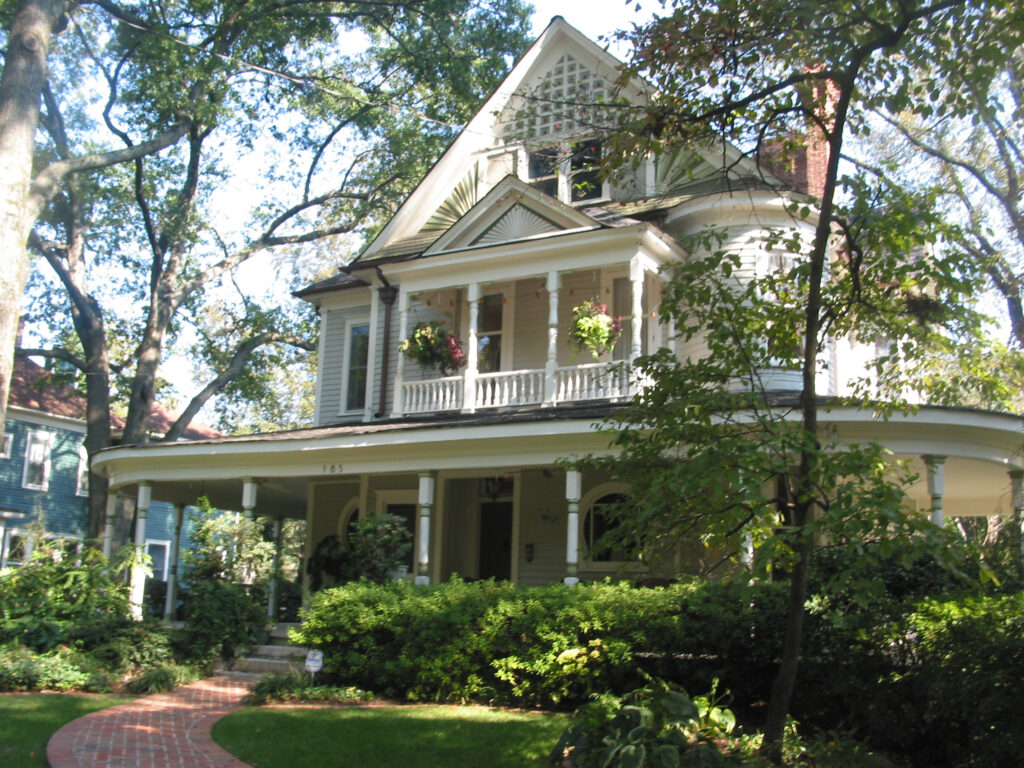
Photograph by Ted Bazemore
Atlanta’s First Suburb
In the late 1880s Joel Hurt, an influential Atlanta real-estate developer and a trained civil engineer, envisioned for wealthy Atlantans a rural oasis connected to the city by electric streetcar. He organized the East Atlanta Land Company to acquire and develop more than 130 acres east of the city on land that had been the site of intense combat during the Battle of Atlanta. Hurt named the new suburb for his friend and business associate, Samuel Inman. James Forsyth Johnson was hired as landscape designer for Inman Park. Johnson admired the work of Frederick Law Olmsted and held similar ideas about landscape and suburban development, including a preference for curvilinear street designs and liberal usage of open spaces.

Photograph by Ted Bazemore
Hurt formed the Atlanta and Edgewood Street Railway Company to meet the transportation needs of the new community. In September 1888 the company opened Edgewood Avenue, a tree-lined and largely privately funded thoroughfare connecting Inman Park to downtown Atlanta. The company’s crowning achievement came in August 1889, when it began offering trolley service from Inman Park to downtown for a five-cent fare. It was Atlanta’s first electric streetcar line.
The East Atlanta Land Company acquired more acreage and held a series of public land sales between 1889 and 1896. Houses designed in the Queen Anne style, featuring “all of the architectural details that the Victorian architect’s imagination had to offer,” were popular among early residents; the Georgian Revival style began to appear by the early 1900s. Many prominent Atlantans bought lots and settled in the area, including Asa Candler and Ernest Woodruff of Coca-Cola Company fame. The architect W. T. Downing designed notable houses for Woodruff and for Hurt himself.
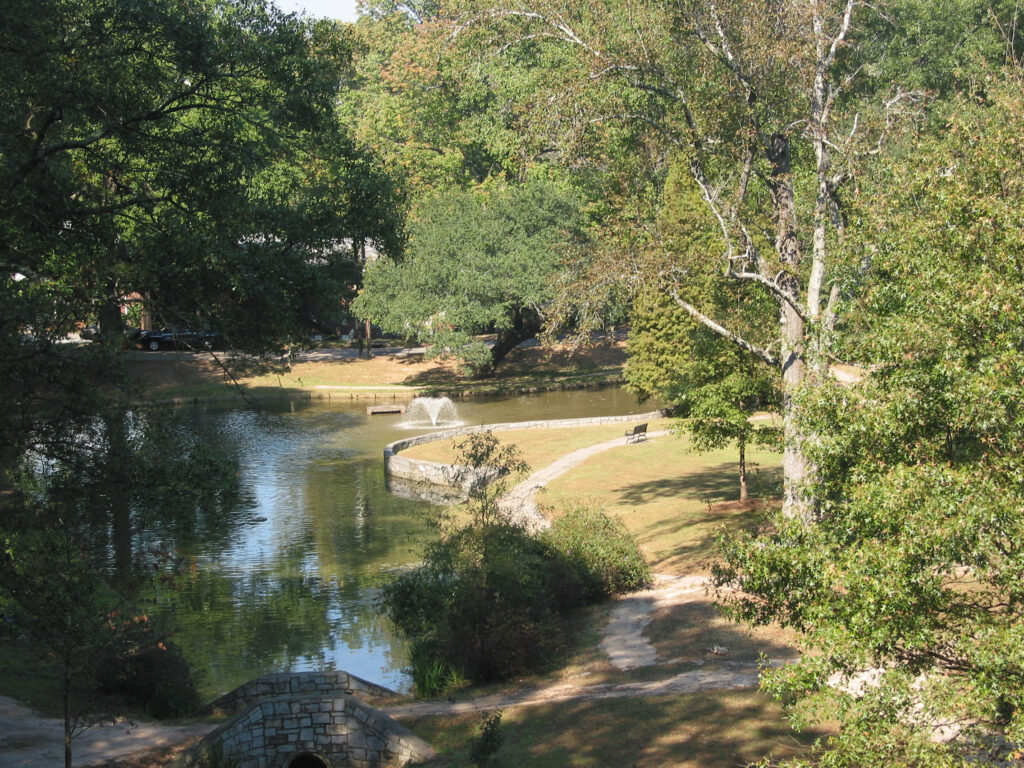
Photograph by Ted Bazemore
Springvale Park, a ten-acre sanctuary featuring a small lake and exotic plants, was the centerpiece. Hurt commissioned Olmsted’s firm to make improvements to the park in 1903. The Atlanta Constitution gushed, “An idyll of peace and happiness breathes in tender whispers from the cool surface of the lake, flecked with the broad leaves of white lillies and pink lotus buds.”
Economic Decline
Inman Park lot sales stagnated by the turn of the century due to economic factors, including the development of other neighborhoods farther from the city, such as Druid Hills and Ansley Park. Large lots and green spaces were divided into smaller, more affordable plats of land. Meanwhile, zoning restrictions lapsed in 1910. The first commercial developments and the first apartment building were constructed the same year. As automobile ownership increased, Atlantans began migrating to even more distant suburbs, and Inman Park continued its gradual decline.
A citywide rezoning ordinance in 1954 allowed absentee landlords to partition large stately homes into low-rent boardinghouses. A few houses were torn down and replaced with apartment complexes. Inman Park became beset by crime, poverty, and apathy. As Robert Griggs, the acknowledged father of Inman Park’s restoration movement stated, “The fabric of the community had disintegrated.”
“Urban Pioneers” and Community Activism
This decay was at its nadir in 1969, when Griggs, an Atlanta designer, decided to buy and restore an ornate but dilapidated Victorian house on Euclid Avenue. A slow stream of energetic homebuyers, dubbed “urban pioneers,” followed. These were mainly young professionals attracted by the potential of reclaiming beautiful homes in close proximity to downtown from years of neglect.
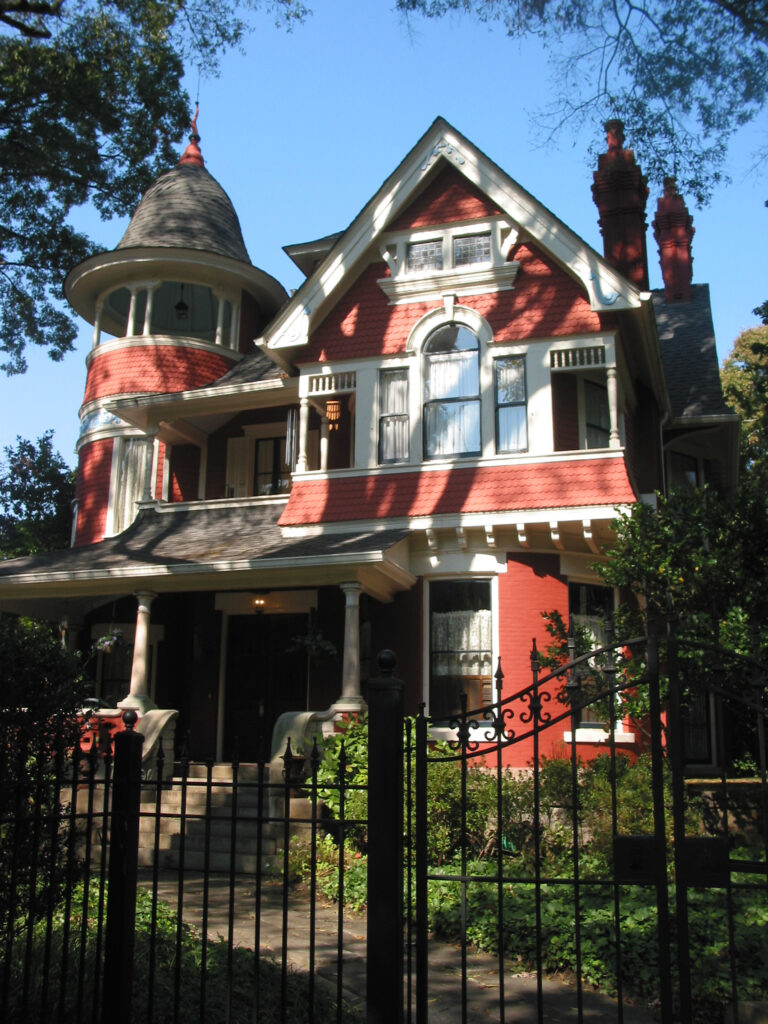
Photograph by Ted Bazemore
The pioneers also showed vigor for community activism. In 1970 Inman Park Restoration Incorporated (IPR) was established. Within two years IPR managed to change the area’s zoning designation to low-density residential, while dozens of houses were reportedly in the process of being restored. In 1973 Inman Park was officially listed on the National Register of Historic Places.
IPR also faced an extended battle with the Georgia Department of Transportation over a proposed elevated highway that would have cut through Inman Park and other in-town Atlanta neighborhoods. The highway plan was eventually defeated when an environmental impact study persuaded the U.S. Department of Transportation to withdraw federal funding.
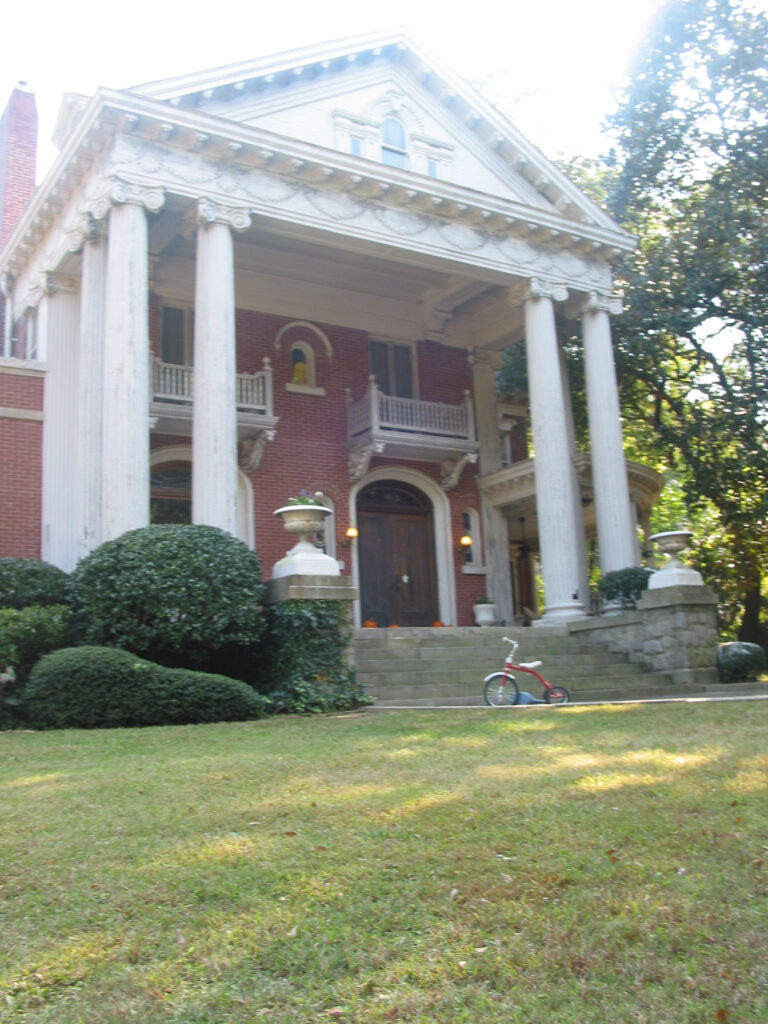
Photograph by Ted Bazemore
Bounded to the east by Little Five Points, Atlanta’s eclectic shopping and entertainment district, Inman Park celebrates its past every April with its Inman Park Festival and Tour of Homes. The festival is highlighted by an arts-and-crafts show as well as a parade featuring the Seed and Feed Marching Abominable Band.


